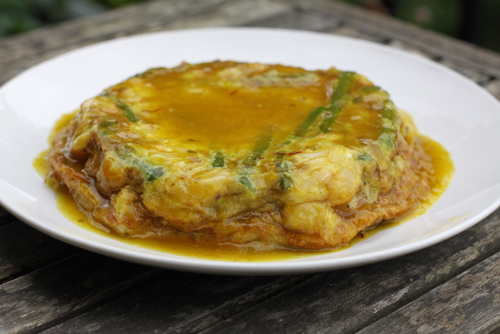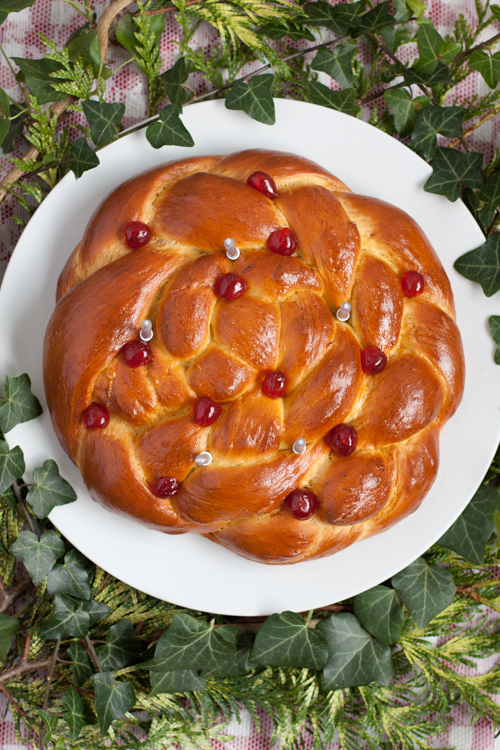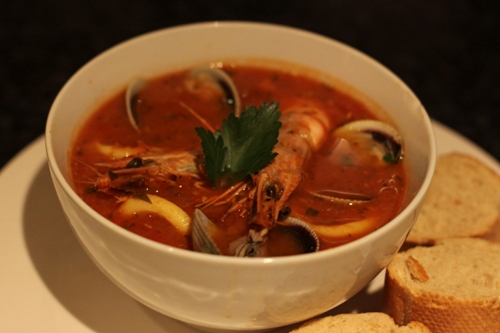
As you may have gathered, I am loving the Movida Rustica book, but one thing I have found is that it tends towards more obscure recipes using unusual or ‘fancy’ ingredients which, apart from being difficult to source, are not fully representative of the type of food one finds in a typical Spanish restaurant. I was surprised, for example, that there is no recipe for tortilla de patatas or Spanish omelette, a dish that you would have to go very far out of your way to avoid when dining out in Spain, or at least in Andalucia. Fortunately, my host Mum in Seville taught me the tricks of the trade and, although I have still never made one as good as hers, I am getting closer with each try.
The first recipe below is for a traditional Spanish tortilla based on Carmen’s recipe. I asked Carmen why my tortilla was never as good, I talked her through my recipe and at the first step we discovered my main problem; I was cooking the garlic. Carmen puts her garlic in raw, or at least some of it, and WOW does it make a difference. In addition to parboiling her potatoes, Carmen also deep fries them. However, I don’t think this makes a significant difference to the flavour and given this is already a high calorie dish it seems a bit like overkill.
The second recipe is from Movida Rustica, a spinach and white bean tortilla in saffron sauce. I have made this several times now, sometimes substituting asparagus for spinach. I have to admit to being a bit of a traditionalist and still favouring tortilla de patatas, but this is great if you are hosting a tapas themed dinner party and want to impress with something more exotic.
Click to read more ...
 Wednesday, December 13, 2017 at 6:32AM
Wednesday, December 13, 2017 at 6:32AM 
 Vix |
Vix |  Post a Comment |
Post a Comment | 
